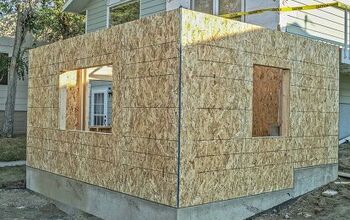15+ Different Types of Ceilings (with Photos)

Oftentimes, the last thing that homeowners consider when designing a home or remodeling is the ceiling. To many, the ceiling in a home is simply just there. We understand their importance, but don’t typically reflect on them any further. However, you should never underestimate the impact a ceiling can have on home design.
In fact, your ceiling can set the tone for the entire space. When it comes to décor decisions, a sense of spaciousness, and even a home’s resale value, the ceiling is everything. Though, different ceiling types are most appropriate for the specific height of a room and the house’s architectural style.
Do You Need Wall and Ceiling Contractors?
Get free, zero-commitment quotes from pro contractors near you.

15 Types of Ceilings
With that said, we’ve gathered a list of 15 ceiling types, ranging from vaulted ceilings to flat, conventional ceilings. Continue reading to understand their individual characteristics, as they will help you make an informed decision about which type of ceiling is best for you and your home.
1. Flat, Conventional Ceilings
The most basic type of ceiling is generally finished with drywall and then painted over to create a seamless surface. Traditional ceiling height in new home construction is nine feet, but often ranges from 8 to 10 feet. Though, raising this conventional height to between 10 and 13 feet can help give living spaces a much bright and open appeal.
Although a ceiling height of eight feet can give off a sense of coziness, any lower and the room can feel claustrophobic.
2. Vaulted Ceilings
Opting for a vaulted ceiling can bring excellent character to a room. “Vaulted ceilings” is essentially an umbrella term for any sort of elevated ceiling. Due to their height, these types of ceilings lend a very spacious feel to a room. They are typically built using wood scaffolding and then finished with a range of materials, including drywall, wood planks, and tile.
Vaulted ceilings are the ideal choice for larger homes, especially in grand foyers or expansive living rooms. The cost of installation is determined based on the dimensions of the room and any particularly unique engineering concerns that the contractor must take on. Though, a 12-foot vaulted ceiling in a room that is 20 feet by 20 feet will generally run from $18,000 to $25,000 to install.
However, it’s important to note that heating and cooling costs will usually be much more expensive, due to the increase in height. Depending on the orientation of the scaffolding, a vaulted ceiling will generally fall into one of five categories: cathedral ceiling, barrel vault, groin vault, cloister vault, and domed vault (we’ll discuss these in further detail below).
3. Cathedral Ceilings
Though technically a type of vaulted ceiling, cathedral ceilings are much more. Named after European grand cathedral interiors, these types of ceilings are characterized by their sloping sides and a central point that is much higher than the two sides. They help to bring a remarkable, dramatic look to any room they extend over. In most cases, cathedral ceilings are symmetrical, with each side meeting and rising up in the middle.
The only downside to this type of ceiling is that it limits the ability to have a second floor. However, many homes that choose to have a cathedral ceiling will only implement the design in one area – such as the living room. This helps to still allow for a second floor in other areas of the home.
4. Barrel Vault Ceilings
Another type of vaulted ceiling, barrel vault ceilings consists of a single curved arch that is constructed underneath the room’s rafters. Visibly, they are essentially a whole ceiling arch that runs the length of the room. The name comes from the fact that the ceiling looks like a barrel sliced down the center.
Installing a barrel vault ceiling in your home will give a very European look to your living spaces. In many cases, you’ll find these types of ceilings finished with brick.
5. Groin Vault Ceilings
A groin vault ceiling is also a type of vaulted ceiling. It is characterized by its two barrel vaults that intersect at 90-degree angles. What results is four outward-curving ribs that rise from the corners of the room to create an elevated ceiling.
With this type of ceiling, you will get the exceptional drama that comes with a combination of angles and curves. Groin vault ceilings consist of partial arches and domes, which create a very stylish look that looks great in kitchens, dining rooms, and living rooms alike.
6. Cloister Vault Ceilings
Cloister vaults, another type of vaulted ceiling, is considered to be a close cousin to the groin vault. While the groin vault ceiling arches toward the center of a room from the corners of the walls, the cloister vault arches toward the center from a consistent spring point along the wall.
This very slight difference in construction can make a huge influence on the overall design of the room. Not to mention, if you’re trying to add height to a room on an exterior wall, a cloister vault ceiling can arch up into your attic, which curves underneath your roof rafters.
7. Domed Vault Ceilings
A domed vault, or sometimes simply referred to as a”dome ceiling,” is a type of vaulted ceiling that consists of a circular arch in the center. They are spherical in shape, rising up like a dome in the center.
Domed vaults can range widely in size –while some may take up an entire room, others may only cover a section. These types of ceilings are a great way to add both elegance and drama to your living spaces.
8. Shed Ceilings
Technically speaking, shed ceilings also fall under the category of vaulted since they are elevated. They rise from a lower point and only have one leg, offering a more modern style. While in some cases the rise may be very sharp, other applications may feature a more subtle rise. It’s also not uncommon to add extra windows near the top of the ceiling to allow more natural light into the space.
9. Cove Ceilings
Although there are many different cove ceiling designs, the general concept is the same – rounded edges and sharp corners. With this style, the ceiling elevates towards the middle gradually. The rise can be steep or gradual, depending on your preferences.
Oftentimes, cove ceilings are combined with a tray ceiling to help a space feel much airier and taller.
10. Beamed Ceilings
Beamed ceilings are characterized by their exposed beams, whether it’s many or just a couple. hey are a very attractive and effective way to add visual interest to a ceiling. With timber beams exposed on the ceiling, you can invoke a rustic charm in any living space.
Though, beamed ceilings can also be easily incorporated into more contemporary home designs. These structures are very common in chalets, cabins, or other homes built with timber.
11. Tray Ceilings
In a tray ceiling, the perimeter is roughly nine feet high and level, with a middle section that is raised by about a foot. This type of ceiling style is appropriately named because it appears like the top of a tray.
It can help to create depth in your living spaces, by producing the illusion of height and architectural interest without all the extra costs. Tray ceilings also open up the opportunity to get really creative with lighting.
12. Coffered Ceilings
Coffered ceilings began in ancient Greece, and have transformed into a popular ceiling option for large homes and even grand public structures. In fact, if you’re looking to infuse elegance into your home, a coffered ceiling may be the way to go.
This style takes roughly the same approach as a beamed ceiling, but replaces the timber with crown molding. In most cases, you’ll see coffered ceilings displayed in an enchanting rectangular or square pattern. Like beamed ceilings, coffered ceilings, and tray ceilings, the coffered variety is a great way to add visual interest and depth.
13. Drop Ceilings
Also referred to as a false or suspended ceiling, the main purpose of a drop ceiling is to conceal sprinkler systems and ductwork. They can also help to improve acoustics by cushioning the noise of water and pipes in the floor above. Drop ceilings are very common in offices, but can be very effective in houses as well.
They are often lower than the main section of the ceiling and held into place by industrial cables hidden behind tiles. The tiles are typically 2×2 or 2×4 feet, can be decorative or plain white, and are more about function than style.
14. Exposed Ceilings
With that modern industrial look on the rise, exposed ceilings expose the inner workers of your home. With this style, the ceiling is intentionally left unfinished to show the air ducts, wires, piping, etc. Though, in some cases, all the various elements are painted the same color to achieve a more cohesive look.
Exposed ceilings are a very inexpensive design and can look exceptionally well in loft-type spaces. However, the rooms they rise above tend to be much louder and less well insulated. This results in a space that is also more expensive to heat and cool than rooms with traditional ceilings.
Do You Need Wall and Ceiling Contractors?
Get free, zero-commitment quotes from pro contractors near you.

15. Sloped Ceilings
Often found in homes with a pitched roof, sloped ceilings follow the roofline to rise at an angle and meet at a peak. The structure creates cozy nooks in attic spaces that exist directly under the roofline. Whereas, in living rooms, sloped ceilings help to increase the airiness in the space.
Quick Tip: Those who want to install a sloped ceiling in their addition or renovation must consult local building codes first. They regulate how low a ceiling can be to be considered a “living space.”
Like conventional ceilings, sloped ceilings are finished with drywall and cost the same amount since the installation process is the same.

Jessica considers herself a home improvement and design enthusiast. She grew up surrounded by constant home improvement projects and owes most of what she knows to helping her dad renovate her childhood home. Being a Los Angeles resident, Jessica spends a lot of her time looking for her next DIY project and sharing her love for home design.
More by Jessica Stone



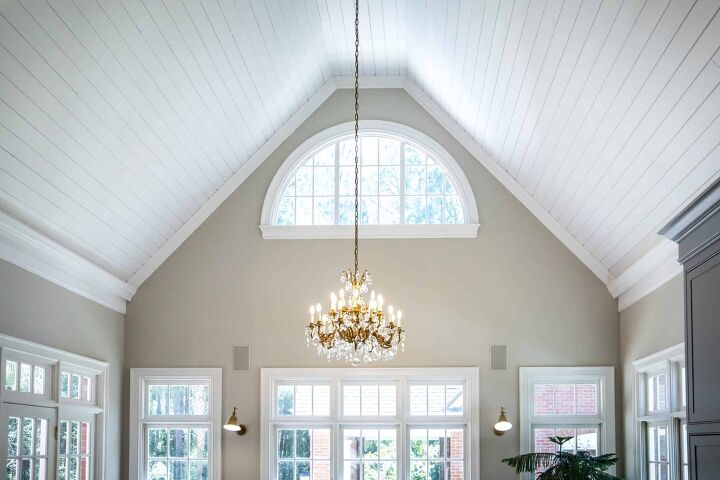














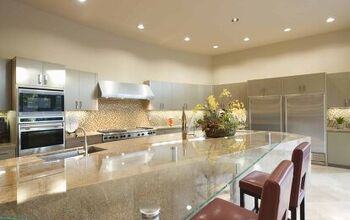
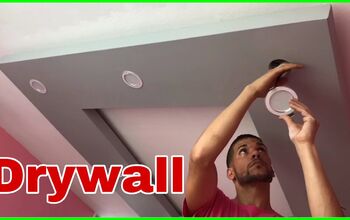
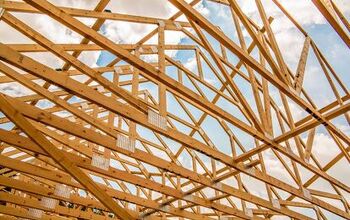


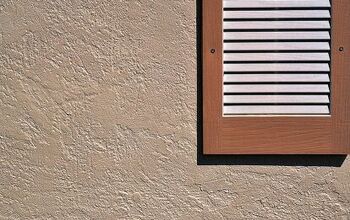



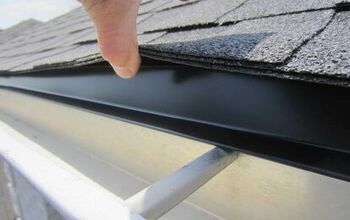



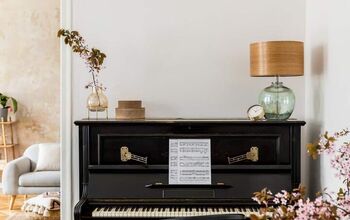


![Standard Dining Room Table Dimensions [for 4, 6, 8, 10 and 12 People]](https://cdn-fastly.upgradedhome.com/media/2023/07/31/9074335/standard-dining-room-table-dimensions-for-4-6-8-10-and-12-people.jpg?size=350x220)
